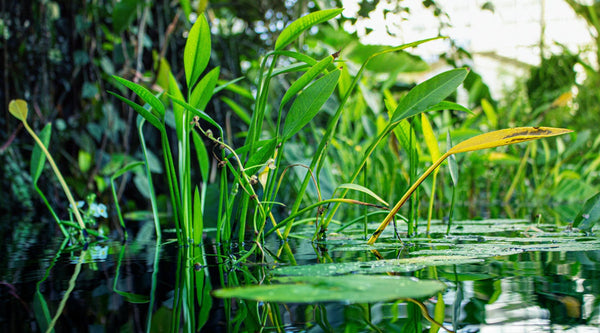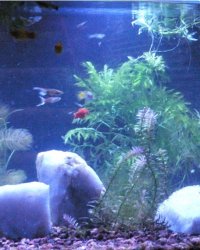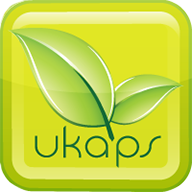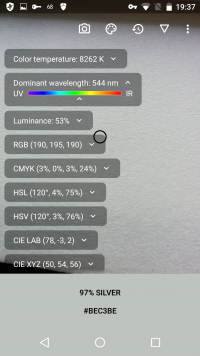Hi Everyone,
Since first seeing a YouTube video by Dr Bruce Bugbee of Apogee Instruments, I have often wondered if blue light shrinks aquatic plants? Please take a look at the following:
Fast forward the video to around 4 mins 45 secs and watch from there. Now, it may be that what Dr Bugbee is saying only refers to terrestrial plants. Does anyone know if blue light also shrinks aquatic plants?
Thanks in advance.
JPC
Since first seeing a YouTube video by Dr Bruce Bugbee of Apogee Instruments, I have often wondered if blue light shrinks aquatic plants? Please take a look at the following:
Fast forward the video to around 4 mins 45 secs and watch from there. Now, it may be that what Dr Bugbee is saying only refers to terrestrial plants. Does anyone know if blue light also shrinks aquatic plants?
Thanks in advance.
JPC






